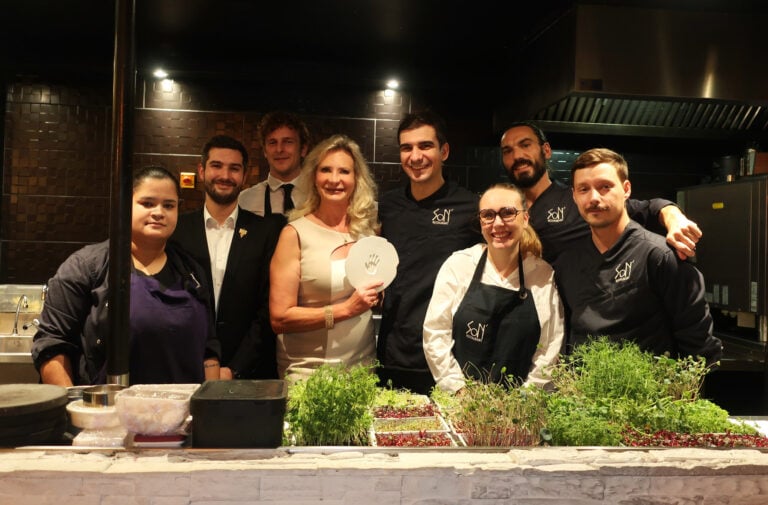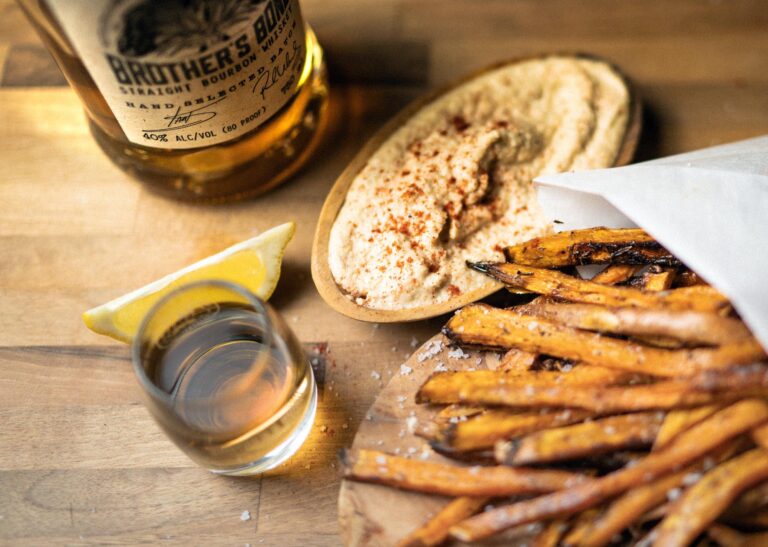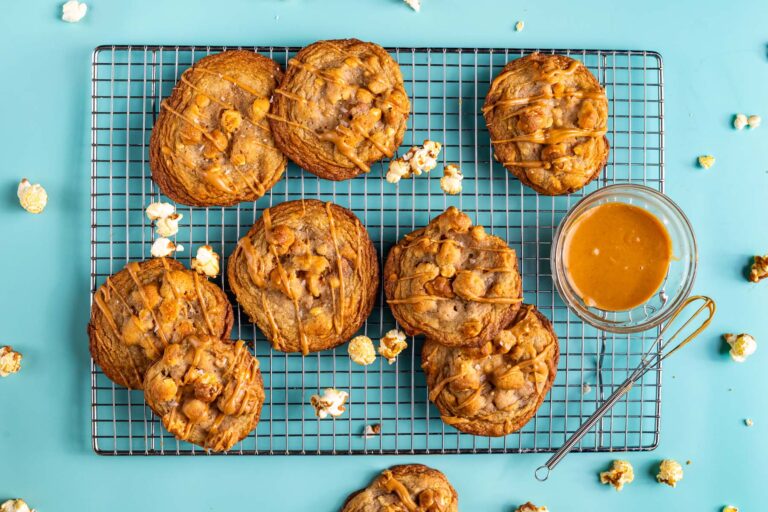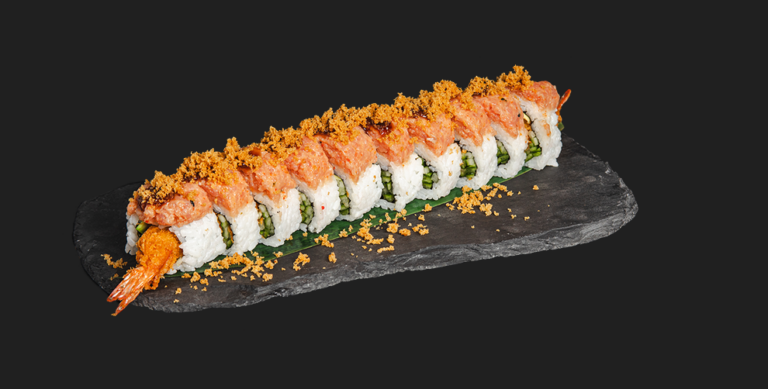Difference Between Bourbon and Whiskey
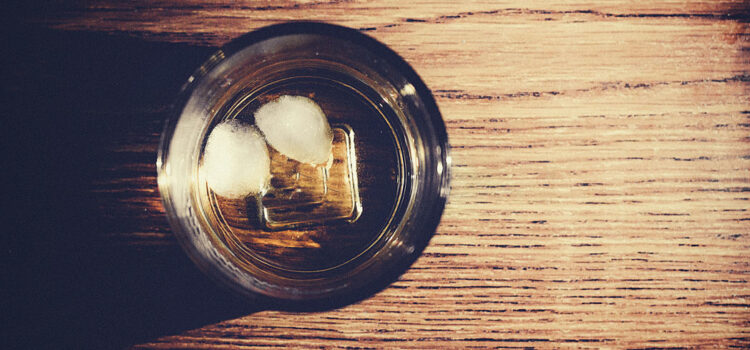
All bourbons are whiskeys, but not all whiskeys are bourbons.
Confused? Don’t be. The Bureau of Alcohol, Tobacco, Firearms and Explosives has laid out a number of “laws” that regulate processing, detailing exactly what does (and doesn’t) make a whiskey a bourbon.
Check out GAYOT’s:
• Top Rated Bourbons, the cream of the crop.
• Best Bourbons under $40 for budget friendly options
What Exactly is Bourbon?
• American – It must be made in the United States.
• Barrels – It must be aged in new, charred American white oak containers. Everyone uses barrels.
• Corn – It must be made with a minimum of 51 percent corn.
• Distilled – It must be distilled at no more than 160 proof, or 80 percent alcohol.
• Entered – It must be entered into the barrel at no more than 125 proof.
• Filled – It must be bottled at no less than 80 proof.
• Genuine – It must have nothing added to it but water.
The Bourbon-Making Process
Cooking
Ground corn is mixed with pure limestone-filtered water and then cooked at a fairly high temperature. The temperature is then lowered and ground rye and/or wheat is added.
Mashing
After the mixture has cooked, the temperature is lowered again for the addition of barley malt. This begins the mashing process. Barley is malted by moistening the grains until they sprout, which releases an enzyme that converts grain starch into sugars. When the conversion is complete, the mash is transferred to the fermenters.
Fermentation
Yeast is then added to the mash to begin the fermentation process. Each different strain of yeast imparts a distinctive flavor and aroma to the finished whiskey, and each distiller has a preferred strain. Knob Creek uses a proprietary jug yeast that has been the same since the end of Prohibition. The yeast converts the grain sugars into alcohol and carbon dioxide.
Distillation
When the fermentation is complete, the mash, now called “distiller’s beer,” is pumped to the still. Inside the tall column still, mash entering from the top meets steam entering from the bottom. The steam vaporizes the alcohol in the mash and carries it out the top of the still to be cooled and re-condensed. This product of the first distillation is called “low wine,” which is then distilled a second time, yielding a product called “high wine” or “white dog.”
Aging
New whiskey is as clear as water. All of the distinctive color, and some of the flavor, come from aging in new, charred oak barrels. The longer a bourbon is aged, the more flavor and color it takes from the wood. The charring of the inside of the barrel produces a layer of caramelized sugars in the wood, which slowly dissolve into the resting bourbon.

